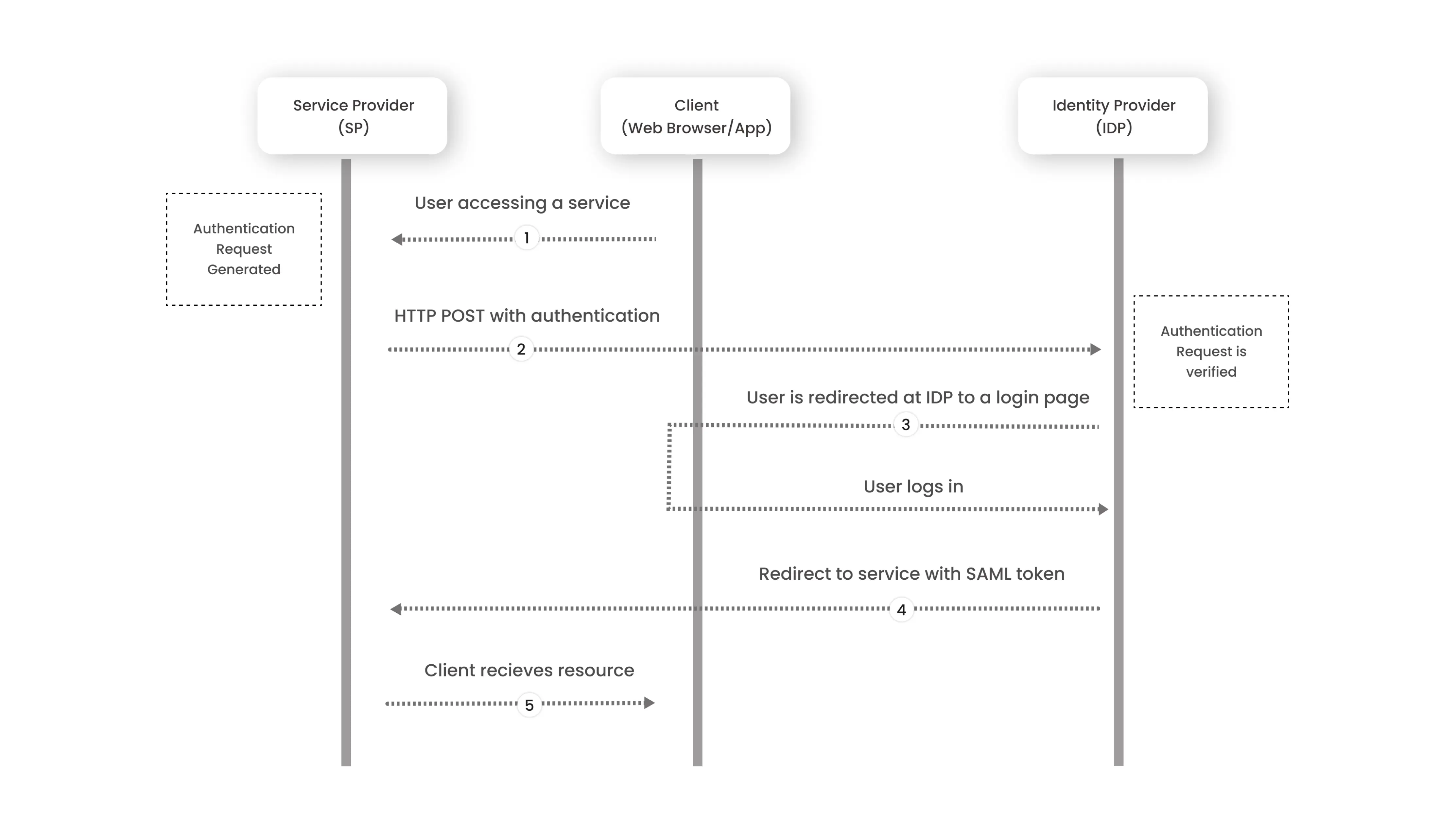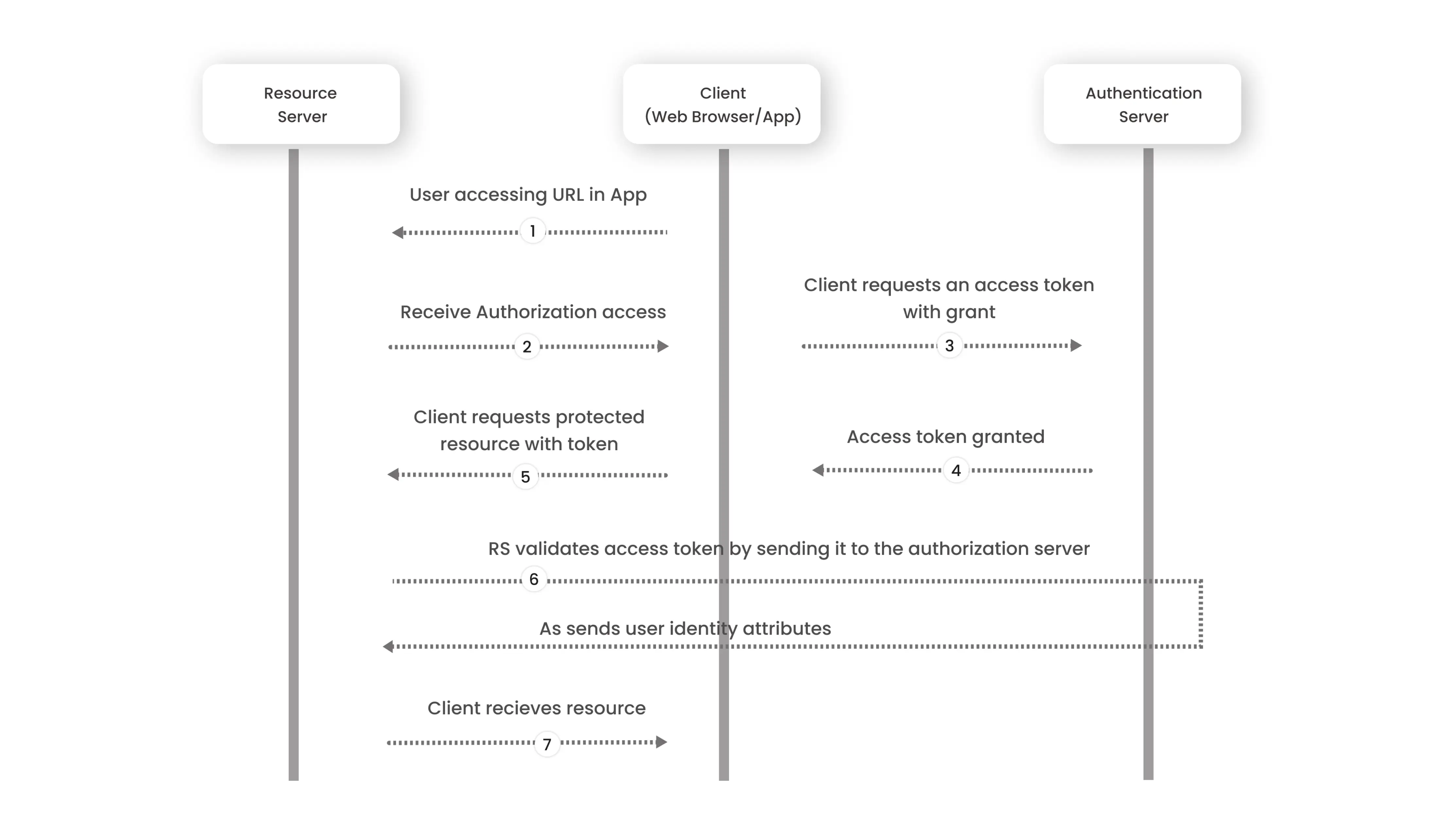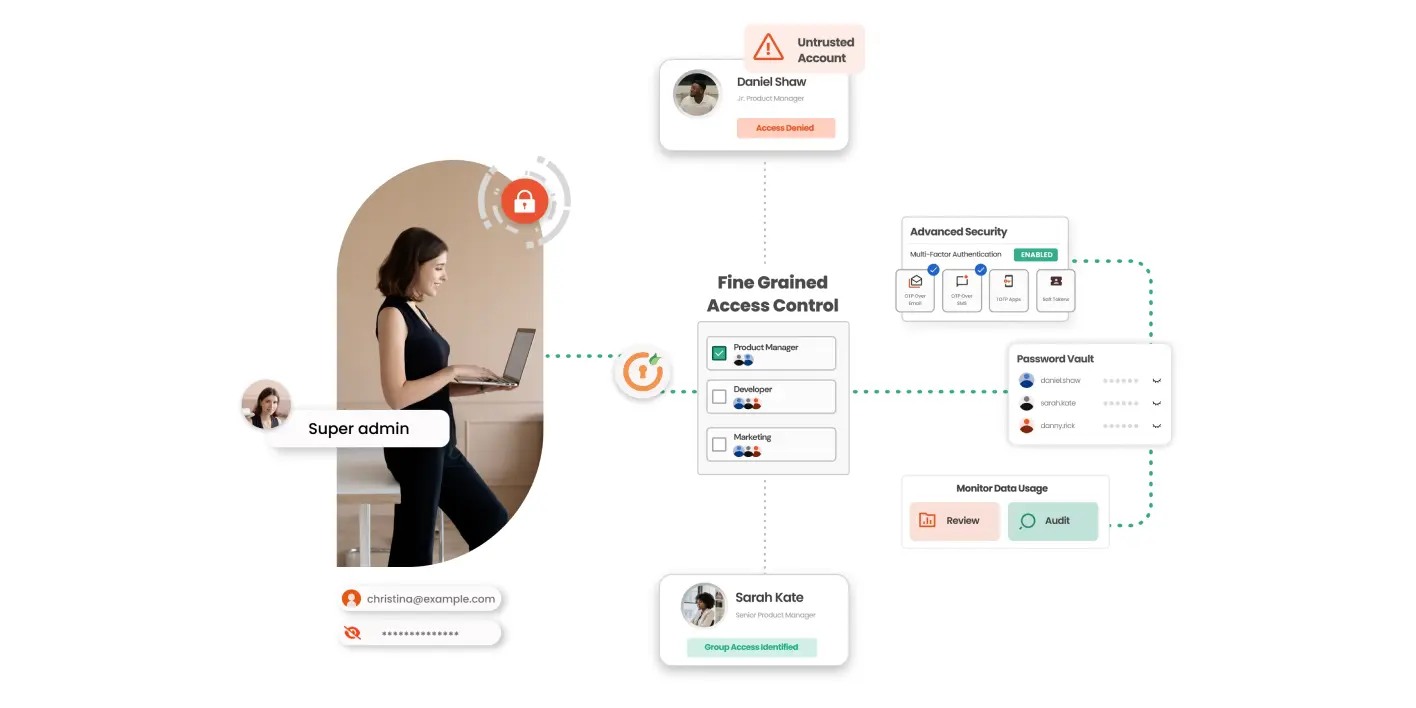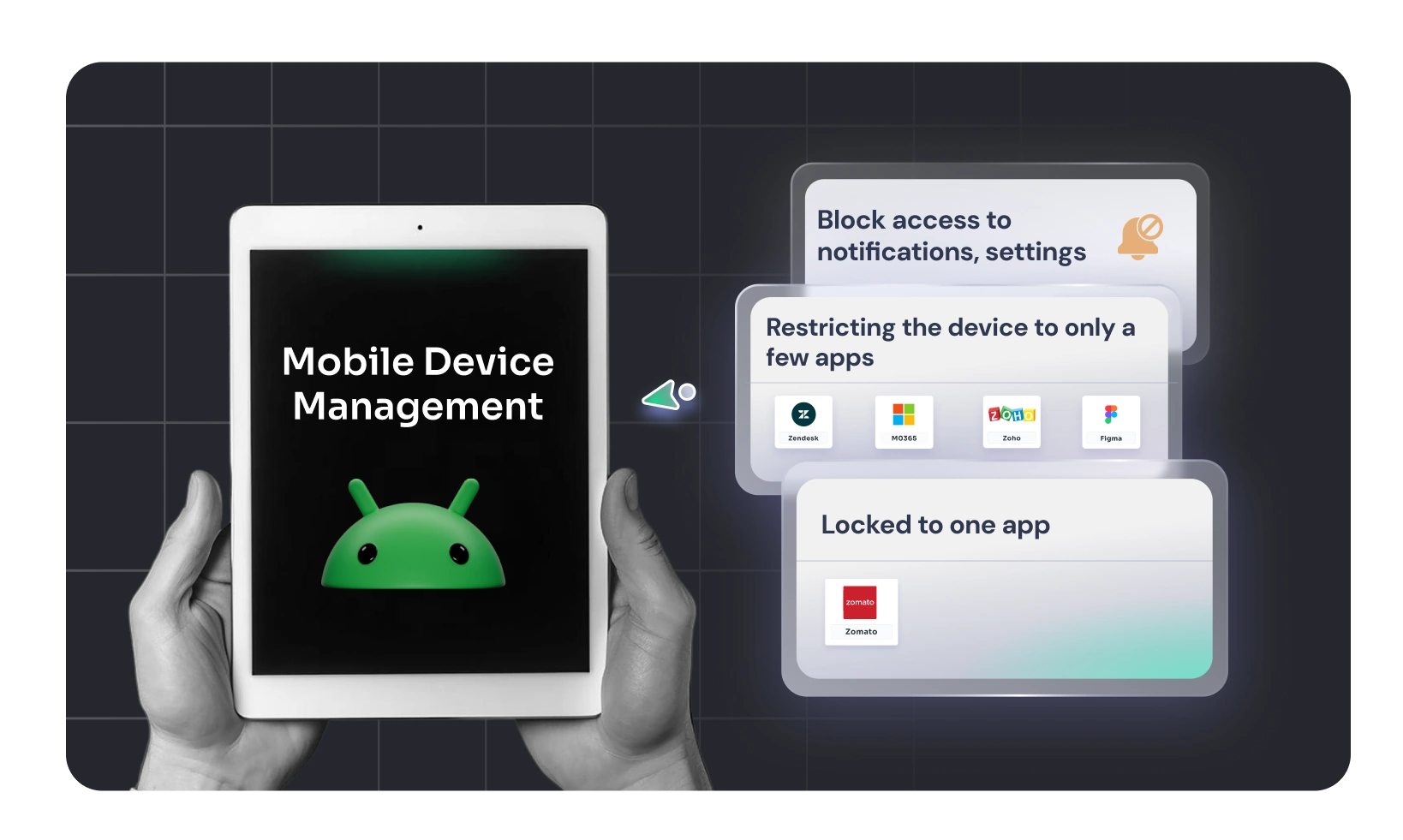Quick Intro
When building secure and user-friendly login systems, it's important to understand the difference between SAML and OAuth — two widely used standards. Add OpenID Connect to the mix, and you have three protocols that handle identity and access in distinct ways.
Whether you're comparing SAML 2.0 vs OAuth 2.0, exploring SAML and OAuth differences, or choosing one for your project, this article will help you make an informed decision.
What is SAML?
SAML (Security Assertion Markup Language) is an open standard that enables Identity Providers (IdPs) to send authorization credentials to service providers (SP).
For standardized interactions between the identity provider and service providers, transactions through this protocol use Extensible Markup Language (XML). It is the link between a user’s identity authentication and their authorization to use a service.
SAML permits Single Sign-On (SSO). Unlike OAuth, which is often used for granting access to resources, SAML is about validating identity using signed XML assertions. This makes SAML authentication vs OAuth a key distinction in identity strategy.
Adopted widely in enterprises, SAML 2.0 powers secure federated login systems and supports Single Sign-On (SSO) by allowing users to log in once and access multiple services.

What is OAuth?
OAuth 2.0 is a widely used protocol for authorization. It lets users grant access to applications or APIs without sharing their passwords. This is the core of how apps like Twitter or Spotify let users sign in with Google or Facebook.
Key Features:
- Focused on authorization, not authentication
- Uses access tokens to delegate permissions
- Based on JSON over HTTP
- Designed for web, mobile, and API-based applications
In the SAML vs OAuth conversation, OAuth is more commonly used in consumer applications and open ecosystems, while SAML thrives in closed, enterprise systems.

What is OpenID Connect?
Key Features:
- Adds identity verification to OAuth
- Provides an ID token in JWT format
- Compatible with OAuth’s authorization flow
- Ideal for web and mobile user login systems
OIDC is increasingly popular because it combines the flexibility of OAuth with the identity handling of SAML, making it a preferred choice for modern applications.
SAML vs OAuth vs OpenID Connect
| Feature | SAML | OAuth 2.0 | OpenID Connect (OIDC) |
|---|---|---|---|
| Primary Purpose | Authentication | Authorization | Authentication (via OAuth) |
| Data Format | XML | JSON (Access Token) | JSON (ID Token + Access Token) |
| Supports SSO | Yes | Indirectly (when used with OIDC or custom implementation) | Yes |
| Token Type | SAML Assertion | Access Token | Access Token + ID Token |
| Identity Information | Yes | No | Yes |
| Protocol Simplicity | Complex (due to XML and strict schema) | Simpler than SAML | Moderate, but more modern and developer-friendly |
| Mobile and API Support | Limited | Excellent | Excellent |
| Best for | Enterprise SSO, federated login | Scoped access to APIs and services | Modern login systems with identity claims |
| Configuration Complexity | High (manual setup of metadata and assertions) | Low to Medium (token exchange) | Medium (OIDC discovery simplifies setup) |
WordPress-Specific Use Cases
While these protocols are widely used across software ecosystems, they also play specific roles in the WordPress world.
SAML in WordPress
- Used by enterprises for integrating Single Sign-On with identity providers like Azure AD, *Okta, or ADFS
- Ideal for internal portals, corporate intranets, or membership sites with managed directories
- Requires plugins like miniOrange SAML or WP SAML Auth
OAuth in WordPress
- Powers social login via Google, Facebook, GitHub, and more
- Common in community-driven or consumer-facing WordPress sites
- Often used for connecting WordPress to external APIs (Google Calendar, Dropbox)
- Managed using plugins like OAuth Server by WP OAuth or miniOrange OAuth SSO
OpenID Connect in WordPress
- Combines the ease of OAuth with secure user identification
- Useful for headless WordPress or decoupled front-end applications
- Supported by plugins like OpenID Connect Generic Client or miniOrange OpenID Connect
In short, if you're managing user login and access on WordPress, understanding the difference between SAML and OAuth, and how OpenID fits in, will help you select the right protocol for your site.
Can You Use These Together?
Absolutely. In large ecosystems or complex WordPress deployments, it’s common to combine:
- SAML for enterprise login (authenticating the user)
- OAuth for authorizing that user to access APIs or apps
- OpenID Connect for combining both in web/mobile apps that need identity info
This blended approach allows you to fine-tune how users are authenticated and what they’re authorized to do — especially valuable in multi-site WordPress networks or hybrid platforms.
Final Thoughts
If you’re comparing SAML vs OAuth vs OpenID Connect, here’s the takeaway:
- Use SAML when you need robust, enterprise-level authentication and SSO.
- Use OAuth 2.0 when you want to control access to APIs and avoid handling credentials directly.
- Use OpenID Connect when you need a secure, modern authentication system with identity data.
In WordPress, all three can be supported through plugins, and the choice depends on your audience, architecture, and integration needs.
Frequently Asked Questions
1. What is the difference between SAML and OAuth?
SAML is for authentication — verifying who the user is. OAuth is for authorization — granting limited access to resources. They're often used in tandem.
2. Is OAuth more secure than SAML?
Each protocol is secure when implemented properly. SAML has more structure, while OAuth is more flexible but depends on secure token handling and SSL/TLS.
3. Can I use OpenID Connect with OAuth?
Yes. OpenID Connect is built on top of OAuth 2.0. It adds authentication capabilities to the authorization system, offering a complete identity solution.





Leave a Comment